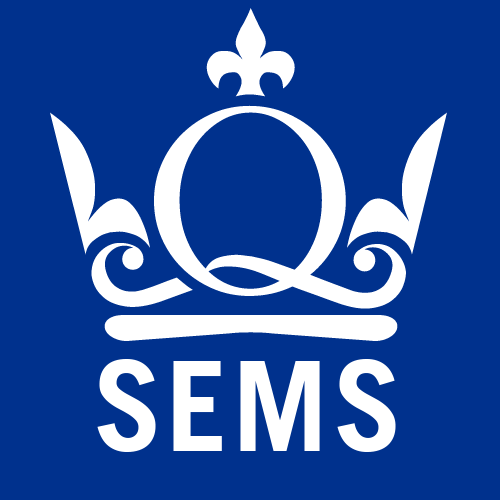PhD Research Studentships
Development of an Osteosarcoma-on-a-Chip Model to Investigate Chemoresistance in the Tumour Microenvironment
| Supervisor: | Stefaan VERBRUGGEN |
| Apply by: | 30 April 2025 |
| Start in: | September (Semester 1) |
Description
Osteosarcoma (OS) is the most common primary malignant bone tumour, mainly affecting teenagers and young adults, with 5-year overall survival rates being approximately 65%. The clinical outcome for these patients has not improved since the introduction of neoadjuvant chemotherapy 40 years ago. Response to chemotherapy is one of the most informative prognostic factors, but unfortunately about 45% of patients ‘respond poorly’ (<90% tumour necrosis) and it is not possible to predict who is likely to respond to this toxic combination of drugs. Understanding the cause(s) of chemoresistance in OS is therefore key to improving patients’ outcomes.
Traditionally, established commercial 2D cell cultures and in vivo animal models have been the primary preclinical systems used to study chemoresistance in OS. However, both the composition of the extracellular matrix (ECM) and cell-to-cell interactions are known to influence profoundly cancer cell behaviour. As a result, the intricate cross-talk between tumour cells and their microenvironment is now recognized as a key factor in regulating the distribution and efficacy of anticancer drugs. This has led to an increasing number of studies exploring 3D spheroid models to better understand chemoresistance in OS. Although these 3D spheroid models provide valuable insights, they do not fully replicate the complexity of bone tissue microenvironments (TME), reducing their resemblance to in vivo conditions and they are bound to the use of commercially. Therefore, there is a need for tissue-engineered three-dimensional (3D) research models that incorporate bone ECM and a cell:cell interactions to address these questions.
Organ-on-a-chip technologies, using patient-derived cells, represent a promising alternative as they allow for controllable cell culture within an organotypic microarchitectural environment, providing a simple yet more physiologically relevant platform to interrogate human physiology. Furthermore, they do not strive to reproduce the whole tissues or organs at the original human scale but instead mimic vital characteristics such as cellular architecture and functionality, 3D ECM, biochemical factors, and biophysical cues at a smaller scale. Therefore, they provide a repeatable, cost-effective, medium-throughput alternative for drug screening.
The primary objective of this PhD studensthip is to generate a novel organ-on-a-chip as a biomimetic model for OS to study chemotherapy response in the context of the TME.
The aims are:
- to develop an osteosarcoma-on-a-chip device
- to utilize the optimized organ-on-a-chip with patient-derived cultures to explore chemoresistance at the transcriptomic level
- to investigate a specific target CHI3L1 as a potential mediator of chemoresistance in OS using the organ-on-a-chip model.
These aims will contribute to the development of a more predictive platform for evaluating OS treatments and understanding mechanisms of chemoresistance, with the ultimate goal of improving therapeutic strategies for patients with osteosarcoma.
This studentship has been funded by the Hannah's Willberry Wonder Pony Charity for Bone Cancer Research. Based in the Verbruggen Lab at QMUL, this PhD will be co-supervised by Dr Lucia Cottone, Fellow of the UCL Cancer Institute, and Prof Fiona Freeman, Associate Professor of Tissue Engineering at University College Dublin.

Funding
Funded by: SEMSThis studentship covers the Queen Mary tuition fees for Home applicants and an annual stipend of £21,237 on current rates.
Eligibility
- The minimum requirement for this studentship opportunity is a good honours degree (minimum 2(i) honours or equivalent) or MSc/MRes in a relevant discipline.
- If English is not your first language, you will require a valid English certificate equivalent to IELTS 6.5+ overall with a minimum score of minimum score of 6.0 in each of Writing, Listening, Reading and Speaking).
- Candidates are expected to start in September (Semester 1).
Contact
For informal enquiries about this opportunity, please contact Stefaan VERBRUGGEN.
Apply
Start an application for this studentship and for entry onto the PhD Medical Engineering full-time programme (Semester 1 / September start):
Please be sure to quote the reference "SEMS-PHD-662" to associate your application with this studentship opportunity.
| Related website: | https://www.theverbruggenlab.com |
| Keywords: | Biophysics, Cancer Biology, Cell Biology, Genetic Engineering, Genomics, Molecular Biology, Bioengineering, Biomedical Engineering, Biomechanics, Tissue Engineering |

